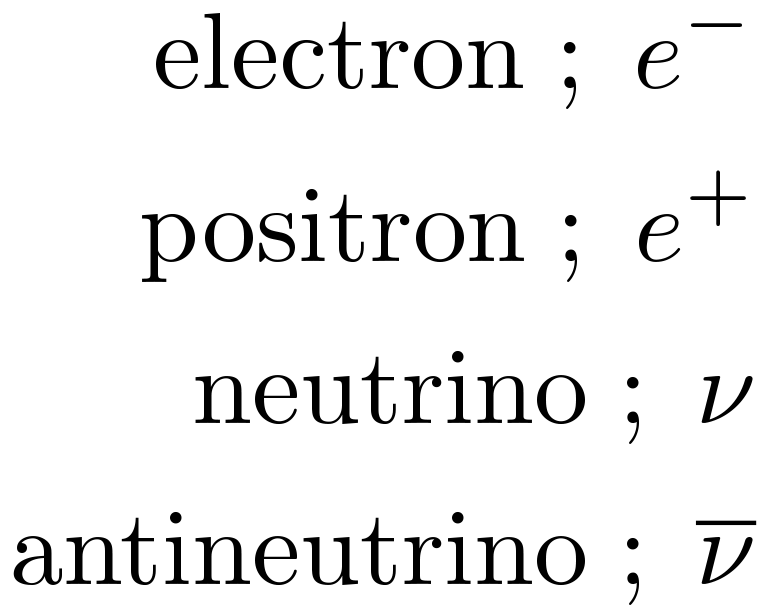I was reading news past few weeks and more and more drawn to the conflict and war in and around Kobane. Upto this far Islamic fighters of ISIl had somewhat an easy ride. They attack some minority groups and won their lands. They have also said to be trading with captured female prisoners.
One of the minorities are Yazidis.
http://www.theguardian.com/world/2014/aug/07/who-yazidi-isis-iraq-religion-ethnicity-mountains
We were told by media that they (Islamic fighters) have hunted the Yazidis people down and killed many. Captured Yazidi females to be sold or already have done so.
But Kobane is different. Kurdish population in this city started to fight back. They did not gave up easily. They are fighting for their women and children. They are fighting for their livelihoods. Their city. Most of all they are fighting for their freedom.
This reminds me of NaZi germany's troops approaching Stalingrad. The epic battle for Stalingrad claimed 2 million lives and after five months, one week and three days later Red Army of Soviet union won.
http://en.wikipedia.org/wiki/Battle_of_Stalingrad#Casualties
Battle for stalingrad fought in street corners, from the rooftops, from abasements, and face to face. There are films about this battle. For the Red Army and people for Stalingrad nowhere else to go. Order was not to leave the stalingrad. Stayed they did.
Stalingrad's embattled, hungry but heroic soldiers:
What's happening in Kobane is in much simpler scale. Although as Nazis ISIS fighters have better weapons and more man power. They are trained. Most kurdish fighters are guerilla fighters with small weapons. But we can see men and women fighting side by side with elders. It's heartening to see they are giving their all to stop the menacing advance. World waited and waited. Finally US and allies decided to aid their effort with air strikes.
Now I think battle is raging in street corners. Air strikes may not help much but psychological advance given to the ground resistance is enormous.
I hope for their children, for their womenfolk and for their city Kobane would not fall. So that they survived to tell the story of mini Stalingrad. The kobaningard.
One of the minorities are Yazidis.
http://www.theguardian.com/world/2014/aug/07/who-yazidi-isis-iraq-religion-ethnicity-mountains
We were told by media that they (Islamic fighters) have hunted the Yazidis people down and killed many. Captured Yazidi females to be sold or already have done so.
But Kobane is different. Kurdish population in this city started to fight back. They did not gave up easily. They are fighting for their women and children. They are fighting for their livelihoods. Their city. Most of all they are fighting for their freedom.
This reminds me of NaZi germany's troops approaching Stalingrad. The epic battle for Stalingrad claimed 2 million lives and after five months, one week and three days later Red Army of Soviet union won.
http://en.wikipedia.org/wiki/Battle_of_Stalingrad#Casualties
Battle for stalingrad fought in street corners, from the rooftops, from abasements, and face to face. There are films about this battle. For the Red Army and people for Stalingrad nowhere else to go. Order was not to leave the stalingrad. Stayed they did.
Stalingrad's embattled, hungry but heroic soldiers:
What's happening in Kobane is in much simpler scale. Although as Nazis ISIS fighters have better weapons and more man power. They are trained. Most kurdish fighters are guerilla fighters with small weapons. But we can see men and women fighting side by side with elders. It's heartening to see they are giving their all to stop the menacing advance. World waited and waited. Finally US and allies decided to aid their effort with air strikes.
Now I think battle is raging in street corners. Air strikes may not help much but psychological advance given to the ground resistance is enormous.
I hope for their children, for their womenfolk and for their city Kobane would not fall. So that they survived to tell the story of mini Stalingrad. The kobaningard.





















































